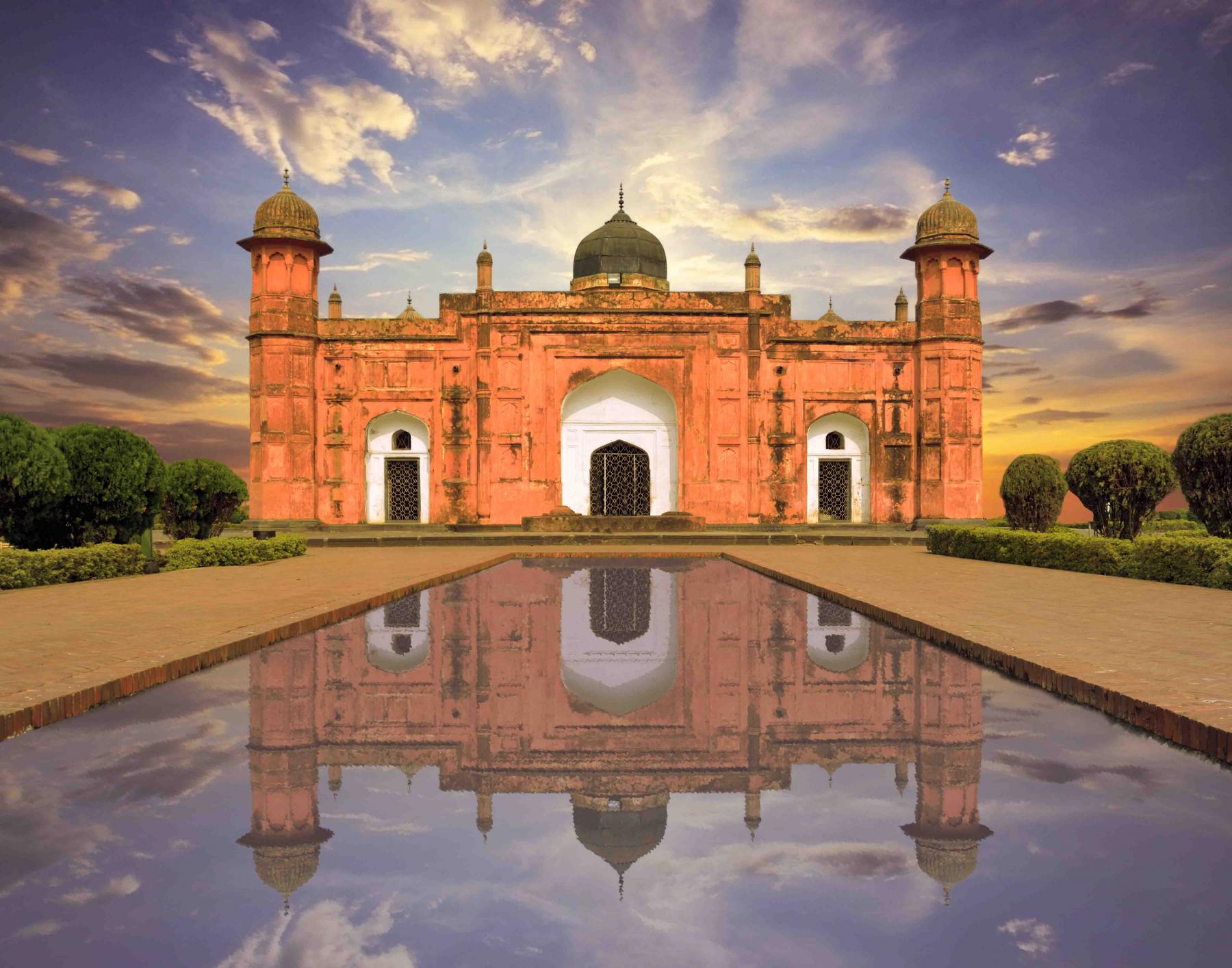
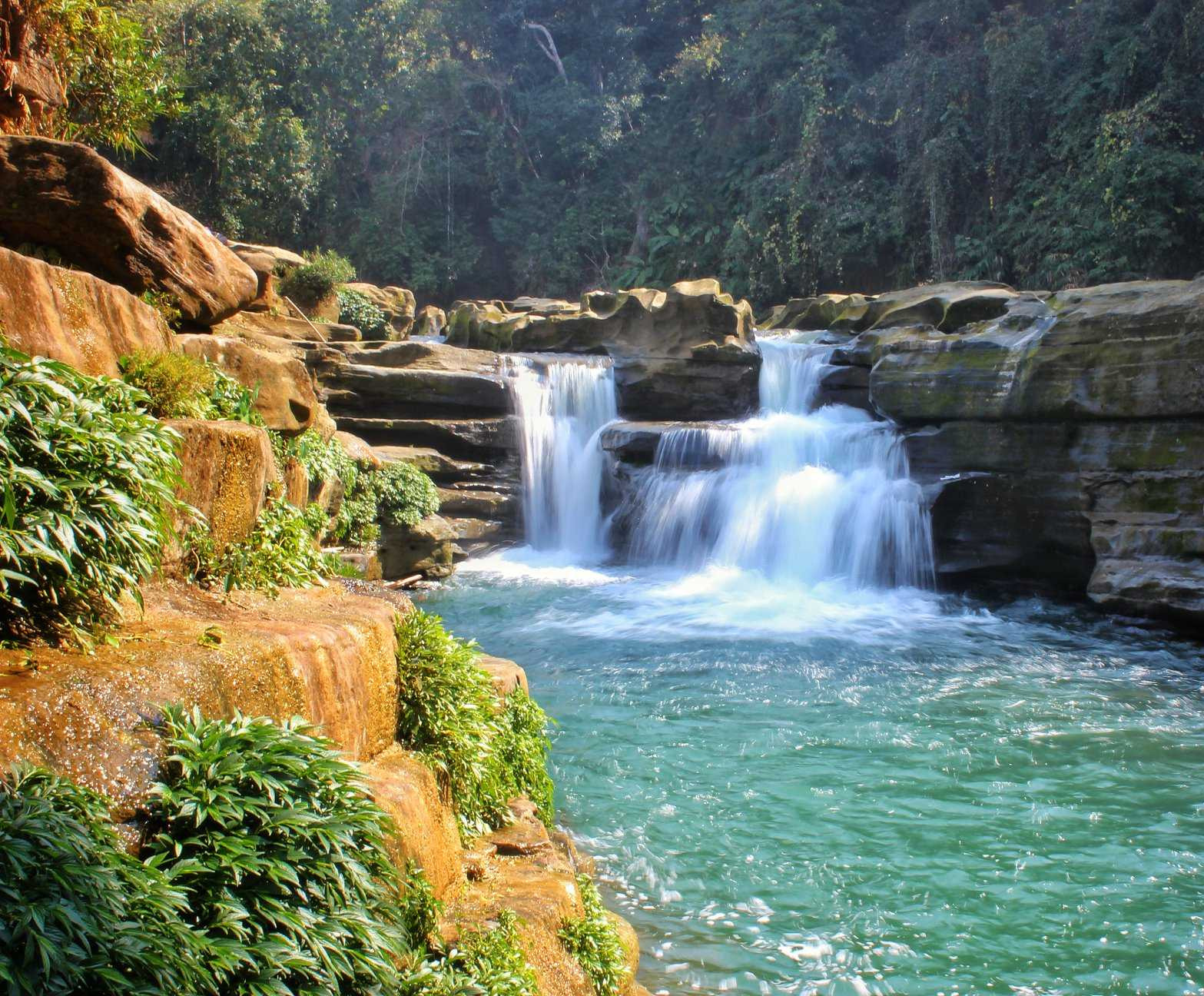
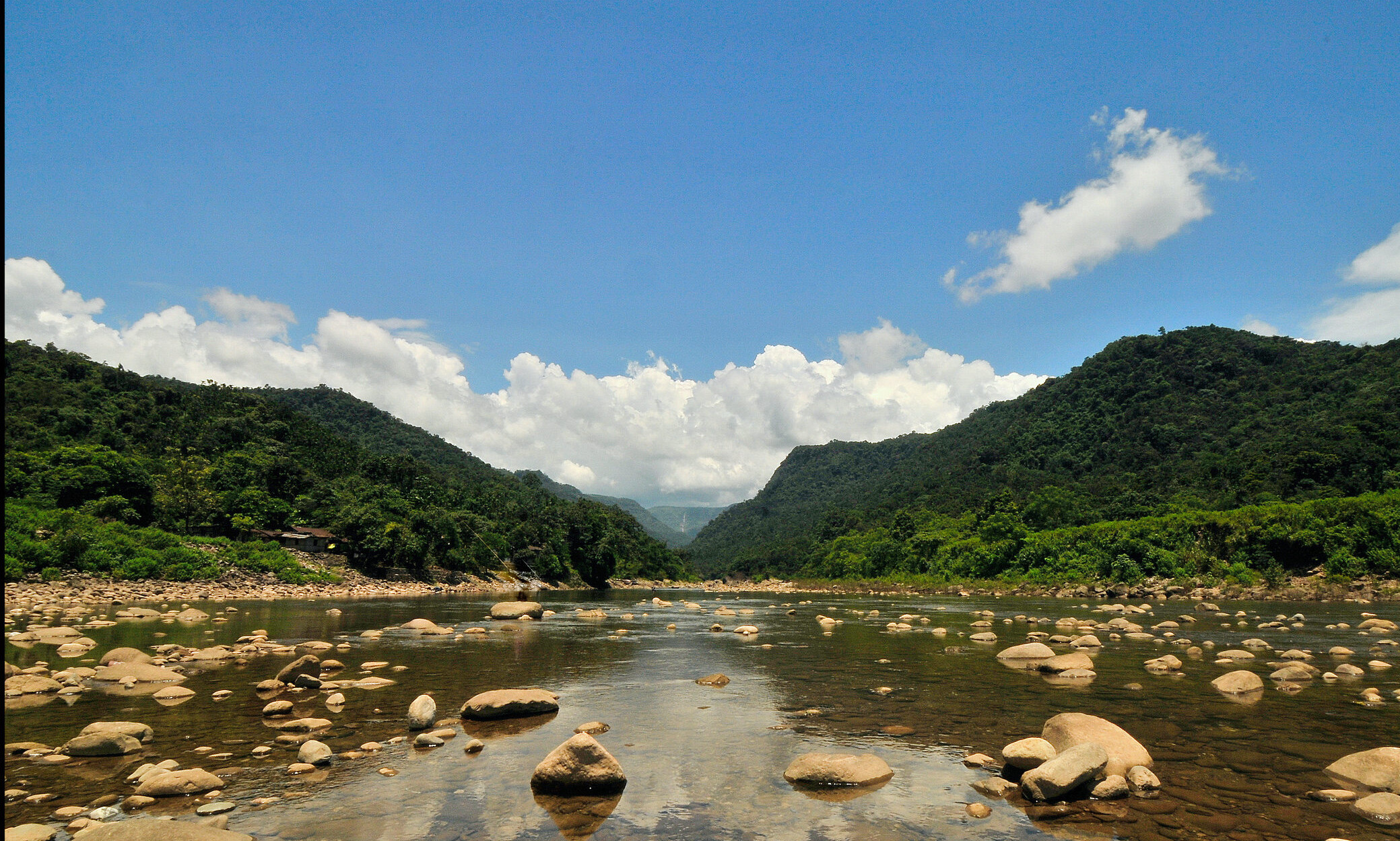
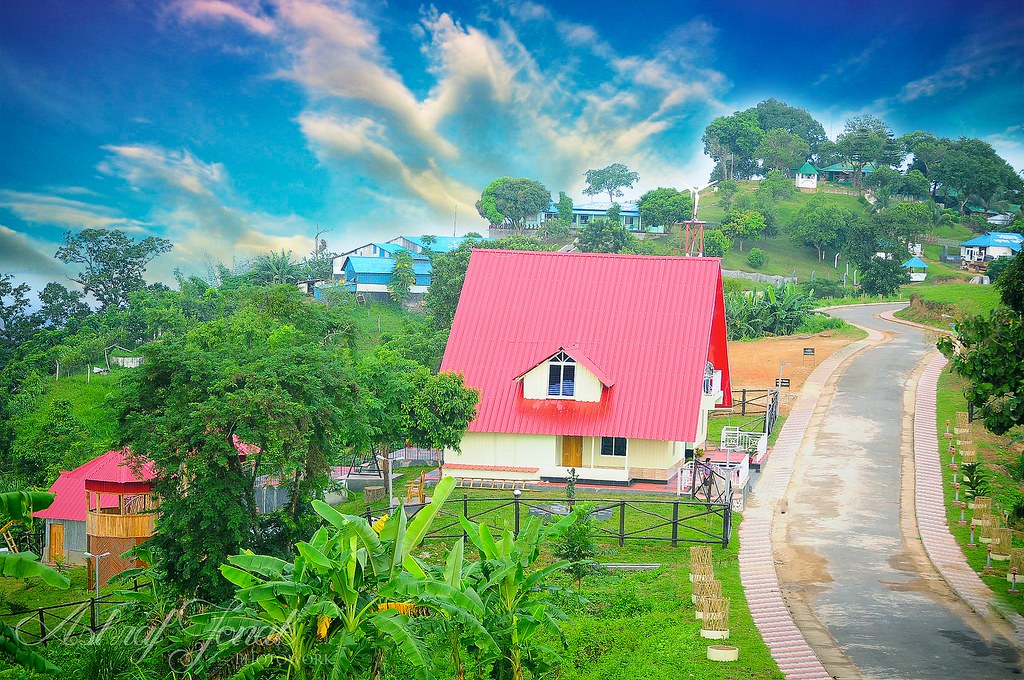
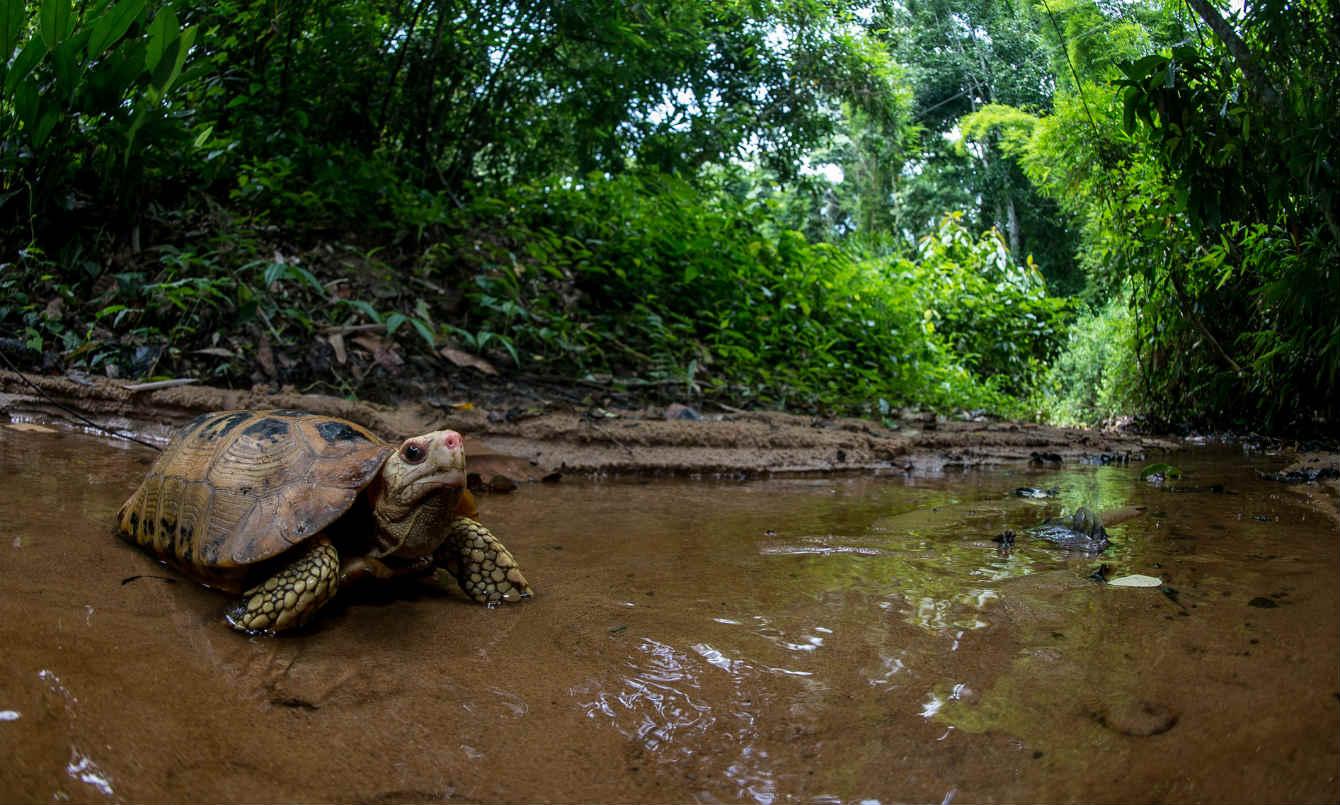
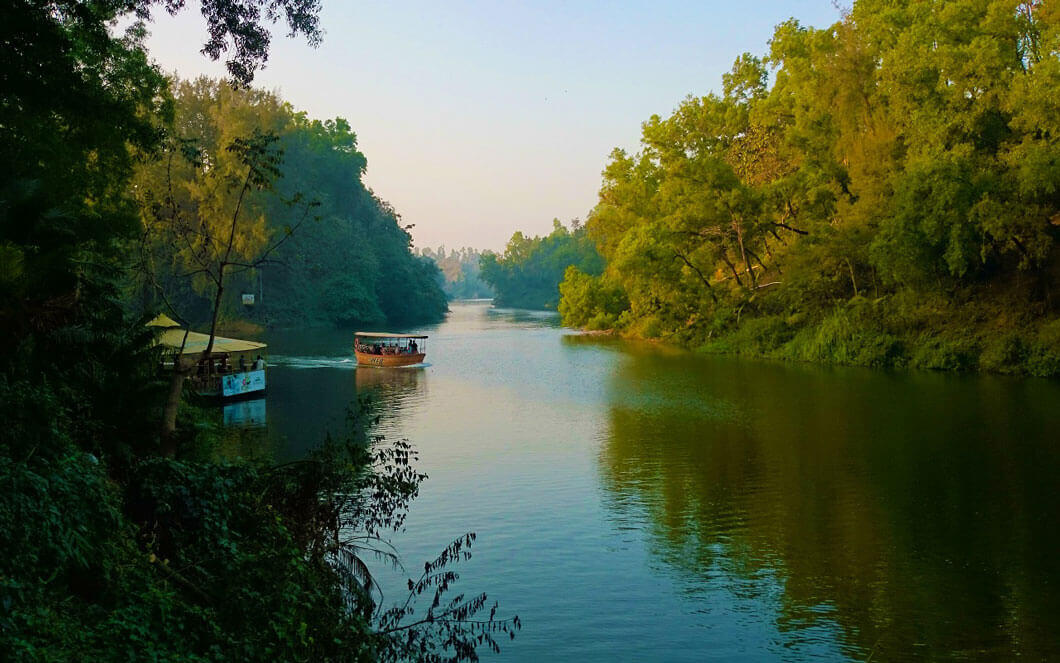
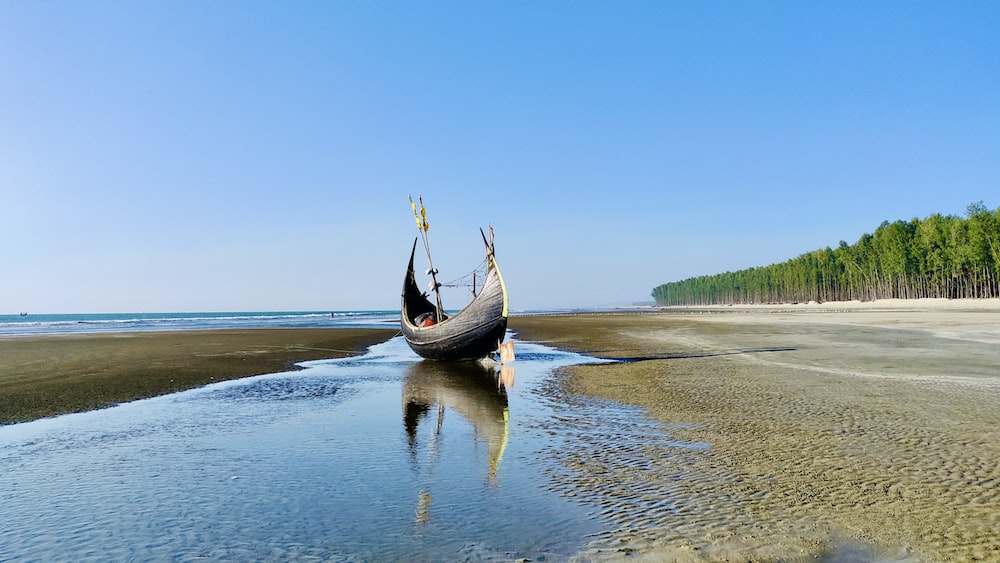
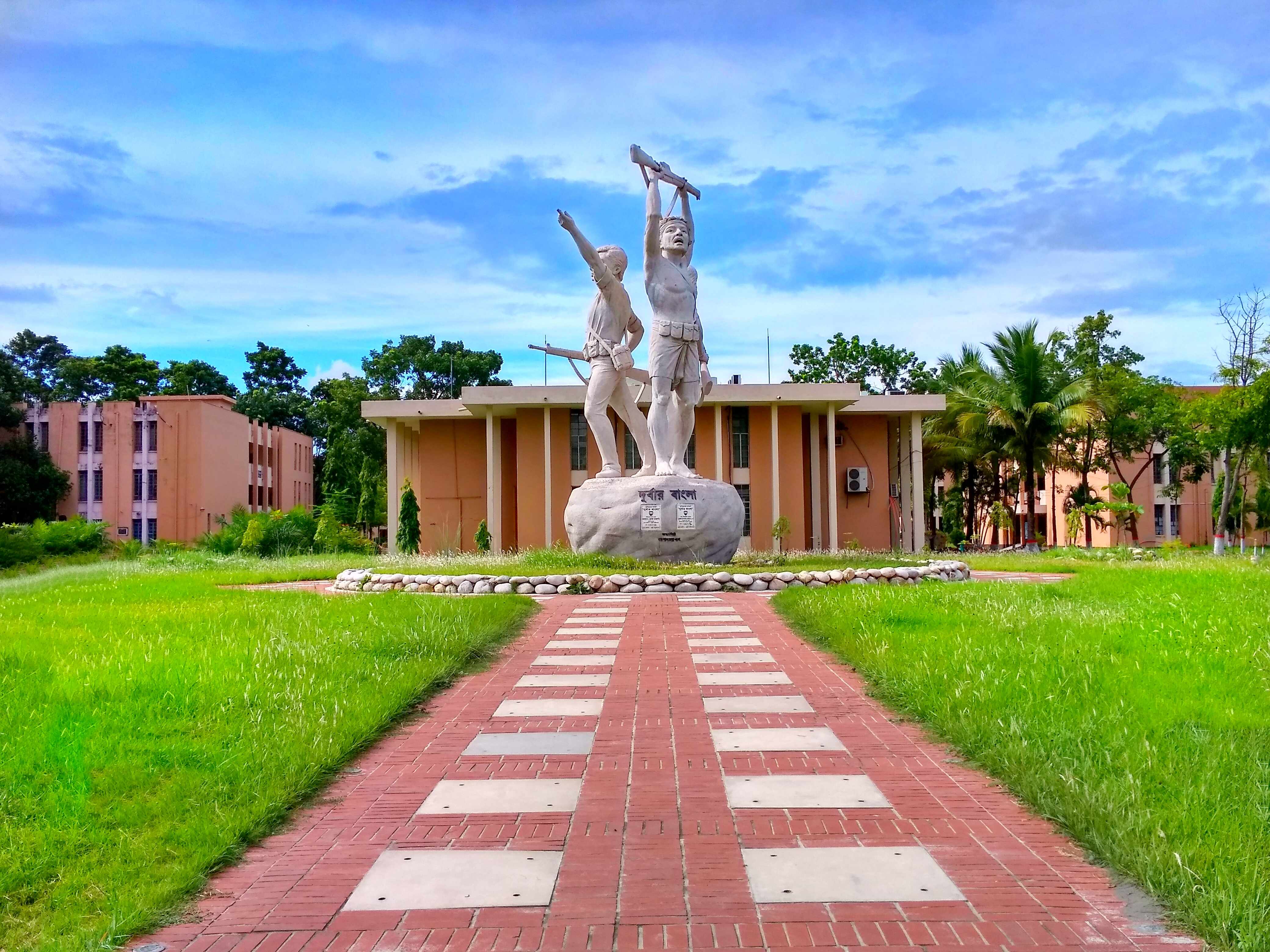


Summer is the first season in the Bengali calendar of Bangladesh when a new year starts. Grisman ritu takes place in the months of Baisakh and Jaistha. It is a very hot season. Many rivers are dried up, and the climate remains humid most of the time, making it unbearable for people. The hot weather is extreme during this time. April is the month when the temperature goes to its maximum. Scorching heat makes the land dry and barren.
Mostly, Kharif crops are grown at this time around. This season is a blessing for school students since they may get a long vacation. Furthermore, this season helps in the ripening of juicy fruits. Seasonal fruits such as mangoes, jackfruit, pineapples and watermelons are abundantly available. The days are longer than the nights during summer. In fact, during Grisma ritu, Kalbaisakhi (violent storms) are more prevalent in this area. Flowers such as roses, tagar, and Jaba bloom at this time.


This season is followed after the Grisma ritu. Mainly, Barsa ritu is seen during the months of Ashar and Shravan. Heavy rainfall takes place during this season. But this is much needed after the hot scorching summer season. It fills up the dried wells and rivers with water. The negative side of this season is that sometimes it leads to floods, hindering people’s daily activities up there. The barsa ritu continues from May till mid-October.
In fact, this season is a blessing for the farmers since their livelihood is mostly dependent on the rains. Mainly, rice, paddy and jute crops grow well in this season. Apart from the crops mainly grown during this season, fishes are also abundant, including the local delicacy of Hilsa fish. Fruits such as Guava and pineapple grow well. Flowers like Kadam and Gandharaj are common during this season.


Sarat ritu is followed immediately after the rainy season. It falls in the months of Bhadra and Aswin. It is the most suitable season for the tourists since the sky would be filled with patches of light clouds and winds, but there would be no trace of rain. People can spend time with their families during picnics since the days would be warm, perfect for a get-together.
In this season, there’s a gradual decrease in humidity. During Sarat ritu, many fishes are found in the rivers. Jute, the cash crop, is mainly harvested in this season. Flowers such as Mallika, roses, lotus and other aquatic flowers bloom during the Sarat ritu. Durga puja is celebrated with grandeur during this time to welcome the winter season.


After the sarat ritu comes the late autumn season, which falls in the month of Kartik and Agrahayan, the sky becomes clear with no trace of clouds and appears blue. Dew is seen in this season. People can be seen busy celebrating the Nabanna, i.e. new rice festival, since rice and wheat are harvested at this time of the year. Golden Paddy is usually harvested during this season.


The Winter season usually falls in the Pous and Magh months of the Bengali calendar. From the north, chilly winds are blowing. It is a dry season with occasional rainfalls of less than 4%. It can be seen that the days are shorter, but the nights are longer, and the people would be seen around the fireplace covering themselves from head to toe. Fog will disappear late in the morning, acting as an obstacle to people’s visions while they are riding. It usually lasts till February. Mid-December is thought to be the coolest during the winter season.
The average temperature ranges from 11-20 degrees. The trees would start shedding their leaves and look barren. A wide variety of vegetables are harvested during this season. Marigolds and sunflowers are grown. Fruits such as oranges, grapes etc., are grown abundantly.


And finally, Basant Ritu is followed by the Shift ritu. This season takes place in the months of Falgoon and Chaitra. It is the last season seen in the Bengali calendar. The Spring season gives a fresh start and new lives to the trees which shed their leaves in winter.
Different fragrant flowers are blooming, leaving their scent all around. At this time around, a gentle breeze with the songs of cuckoo fills the heart and mind with joy and happiness. Pleasant weather with a temperature around 25 degrees is seen. Fruits such as mango and jackfruit ripen at this time. Crop plants such as wheat, oats and mustards are grown during spring.














































